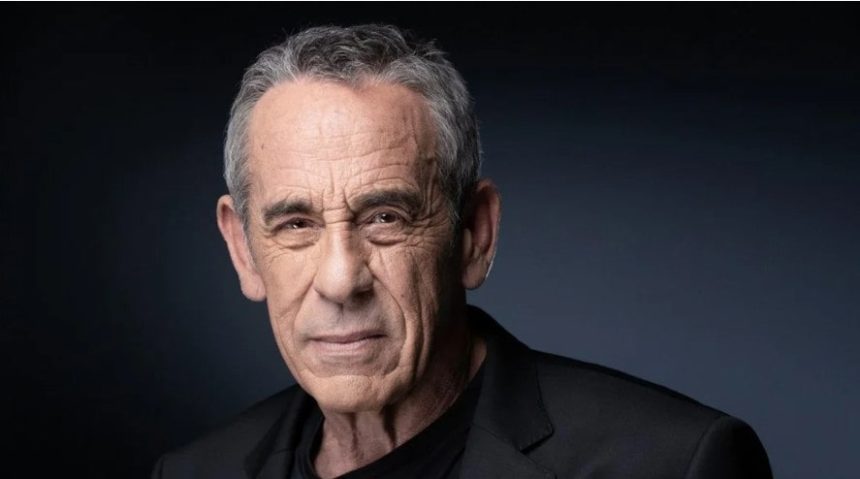Thierry Ardisson: The Story Behind His All-Black Image
To the French public, Thierry Ardisson wasn’t just a TV presenter — he was a cultural figure. But beyond his biting interviews and provocative takes, one image always stood out: the black suit, the black shirt, the black everything. He was called the “man in black”, and for good reason.
While others in television dressed to charm or blend in, Ardisson stood apart. Week after week, show after show, he emerged in the same monochrome uniform. It wasn’t a trend. It wasn’t for attention. It was calculated. It was him.
Ardisson once explained that the black wardrobe served a purpose. “It was a way to focus attention on the guests, the dialogue, the exchange,” he said in past interviews. “If I wore colour, I’d become part of the spectacle. That’s not the point.”
And yet, in avoiding spectacle, he became one. He turned minimalism into a kind of rebellion — an anti-TV aesthetic in a medium built on brightness. The look was austere. Intellectual. Cool. It helped shape his reputation as a sharp, sometimes cynical figure, more observer than participant.
That identity was central to the way he was perceived, especially in the wake of his passing at 76 — a moment that’s triggered widespread reflection across French media and beyond.
Details about Thierry Ardisson’s death and the tributes pouring in can be found here, highlighting the deep impact he left on audiences and colleagues alike.
This wasn’t just a stylistic quirk. The all-black attire became a trademark — a non-verbal calling card for the man whose words often did the heavy lifting.
In France’s crowded media landscape, where personality often risks being watered down, Thierry Ardisson managed to cultivate a brand that was instantly recognisable and rarely imitated. His clothes matched his tone: serious, direct, unapologetically bold.
Media historian Clémence Rivière once noted, “Thierry Ardisson didn’t need graphics or gimmicks. The black suit was the gimmick. And it worked.”
Though his image was carefully constructed, those close to him often saw the man behind the monochrome. Photographer Stéphane de Bourgies wrote after Ardisson’s death: “I remember a simple, direct, endearing and sincere Thierry Ardisson … You especially liked this photo. We will miss you… Have a safe trip .”
The suit never made the man — but in Ardisson’s case, it told a story. A story of control, identity, and distinction in an industry obsessed with flash and noise.
Thierry Ardisson’s all-black wardrobe wasn’t about fashion. It was about the message. It was about mystery. And now, as tributes pour in following his passing at 76, that silhouette — striking and unmistakable — will linger in the memories of millions.
The man in black is gone, but the image remains. And so does the voice that once made Saturday nights in France unmissable.






